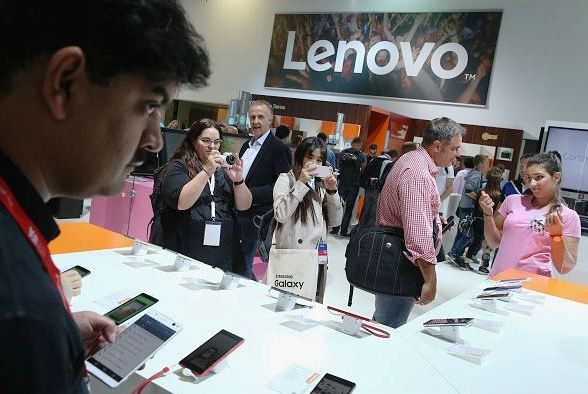Lenovo's recent announcement of a new generation of ThinkPads based on Intel's Kaby Lake platform includes a mixture of Optane, Intel's brand for its devices using 3D XPoint non-volatile memory technology developed with Micron. The new ThinkPads and other high-end Kaby Lake systems will likely have a new feature in the PC market, with it having 3D XPoint memory.
New generation of ThinkPads will be hitting the market but Lenovo has its delay of configurations with Optane on when it will be available. Optane is still suffering as its Optane-equipped notebooks is still yet to hit the market also.
According to eTeknix, Lenovo is choosing to pair the much faster Optane with a standard hard drive, rather than using an NVMe TLC SSD. Lenovo accidentally mention several Optane based solutions that are mainly 16GB Optane SSDs in M.2 2242 form factor used in a caching configuration. The new generation of ThinkPad lineup would include 8000p series, which enables it to go up as high as 32GB.
According to AnandTech, support for Intel Optane branded devices based on 3D XPoint memory technology has been talked about as a new feature of the Kaby Lake generation of CPUs and chipsets. Optane products are said to be NVMe SSDs (Non-Volatile Memory Express Solid State Drives), but NVMe is already supported through current software and platforms. The Natural role for Optane SSDs is to act as a small cache device for larger and slower storage device. Kaby Lake brings an addition of ability to use NVMe SSDs as cache devices with the help of Optane.
3D XPoint would boost speeds and better performance than NVMe SSD, but if the data being requested is not in the cache, performance will be much slower. For it to be a success it will need to depend on its catching algorithms work and the specific user workloads.
As of now, Optane is receiving some delays and the new ThinkPads are already showcased in Consumer Electronic Show (CES 2017). With the ongoing CES, it would be unique for them to showcase how 3D XPoint performs in the caching role.



























